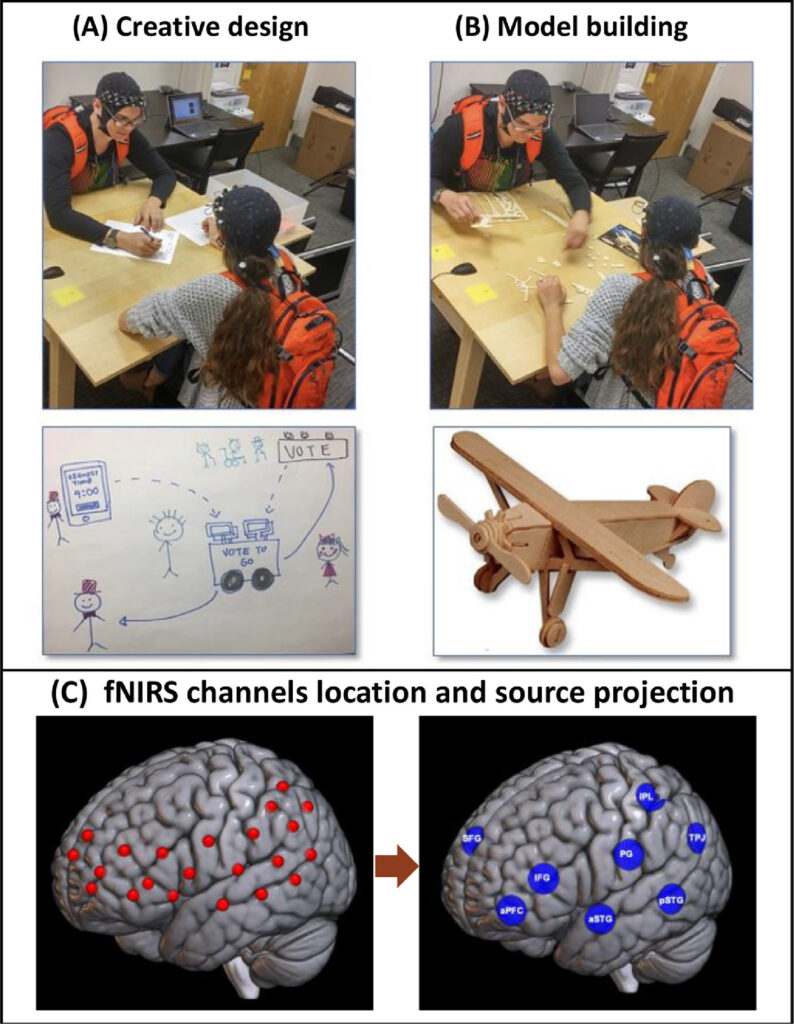I enjoy writing articles and books that integrate ideas, which resulted in my most recent book Encouraging Innovation: Cognition, Education, and Implementation. The first section of the book discusses the cognitive and social skills required for innovation – reasoning, problem solving, creativity, group decision making, and collaborative problem solving. The second section discusses education – the development of cognitive skills and talent, application of relevant learning theories, methods and curricula for enhancing creativity, creativity across disciplines, and design education. The third section discusses the implementation of these skills in society – the transition from theory to practice, business innovation, social innovation, and organizational support.
I had seldom encountered the word ‘innovation’ in my psychology readings although it appeared to be an application of creativity. There have been many psychological studies of creativity although these studies typically do not discuss how to turn creativity into innovation. Researching that process became my goal – a goal that required reading outside the field of psychology.

I could not have written Encouraging Innovation without the wonderful gift to academics, Google Scholar, which enabled me to locate relevant journal articles on practice. Two aspects of these articles stood out. One is that academic contributions to our understanding of innovation are incredibly impressive. My challenge was to explain simply the essence of each article in one to three paragraphs and then integrate it with related articles. A second aspect of these articles is that outstanding contributions to our understanding of innovation are occurring throughout the world. I acknowledged these international contributions by including information on their locations in the book and in the book’s index.
To increase the appeal of Encouraging Innovation I included information from books that were written for a general audience, many of which I discovered in best-seller lists. For instance, Steve Case’s book The rise of the rest: How entrepreneurs in surprising places are building the new American dream discusses successful entrepreneurs who live outside the traditional ‘hot spots’. As the founder of America Online (AOL) and a venture capitalist, Case’s organization has invested in more than 175 companies located across the United States with the exception of Silicon Valley, New York City, and Boston.
Academics have complained that the word ‘innovation’ is often used as a buzzword without stable content. One article in Innovation: the European Journal of Social Science Research analyzed 208 definitions of the word for common themes. The authors then defined ‘innovation’ as “the operationalization of creative potential with a commercial and/or social motive by implementing new adaptive solutions that create value, harness new technology or invention, contribute to competitive advantage and economic growth”.
Whereas business innovation is related to commercialization, market demands, and profitability, social innovation addresses fulfilling social needs and public demands. Businesses can support social innovation by conducting responsible research that aims to ensure that research purposes, processes, and outcomes are acceptable, desirable, and sustainable. Responsible research can contribute to the success of an organization through an improved corporate image, a link to its stakeholders and customers, an alignment with regulatory requirements, and an improvement in employee satisfaction.
According to an article in the Journal of Responsible Innovation scholarship on responsible research has only recently moved from universities to private, governmental, and civil organizations. Collaboration among groups occurs at multiple levels, from large international organizations consisting of multiple countries to small regional organizations within a country. International organizations promote collaboration among nations that vary in scope from the global reach of the United Nations to the more specific objectives of the European Workplace Innovation Network. National organizations support innovation by providing guidance, partnerships, and financial assistance as exemplified in fighting the COVID-19 pandemic. Government agencies work with a specific focus within countries such as the United States Department of Energy and the National Aeronautics and Space Agency (NASA). Regional alliances help coordinate efforts by connecting communities and regions to government agencies. An example is the Science Action Network, which provides mechanisms to improve trust and communication among government administrators, industry representatives, and scientists.
Latest Comments
Have your say!